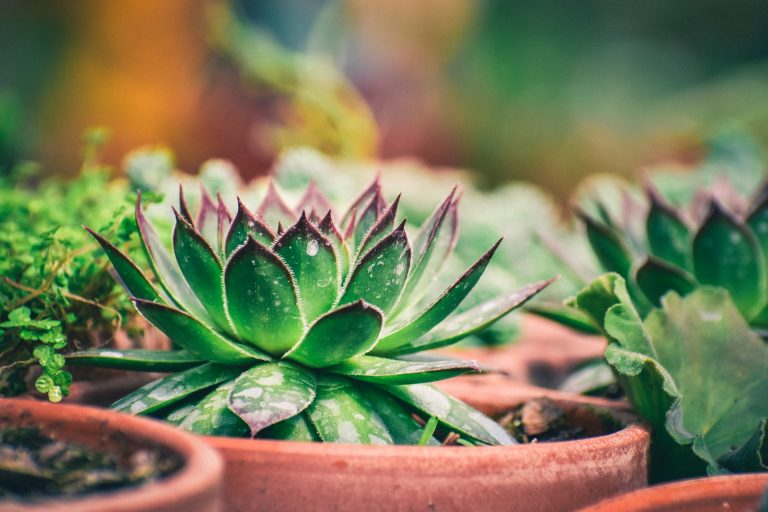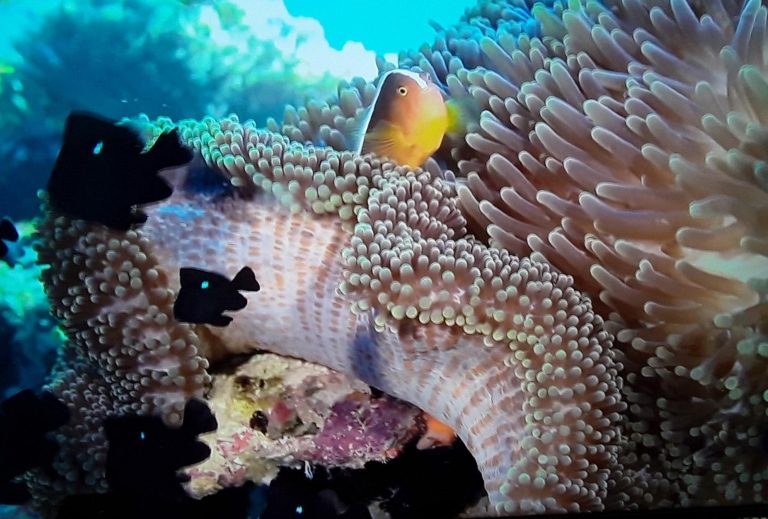Although plants are very much alive like you and me, it is rare to find someone who would consider them living beings with thought and feeling. Is it impossible for the flora around us to exhibit signs of intelligence or sentience?
On the contrary. Thanks to recent research into the behaviour of plants, the way we think about them might just change forever.
The natural order of life
Philosopher Emanuele Coccia wrote in his book, Die Wurzeln der Welt (titled The Life of Plants in English), that theology, human supremacy and our tendency to arrange everything impacts the way we classify nature, forming a biological hierarchy where humans are at the top and plants at the bottom.
He believes that this order is affected by cultural, historical and religious values, rather than scientific ones. Moreover, he holds that the line between plants and animals is nonexistent because plants have the capacity to feel and even think like us.
A quest for answers
Could plants have consciousness?
Success
You are now signed up for our newsletter
Success
Check your email to complete sign up
Plant cell biologist FrantiŠek BaluŠka investigated this theory by sedating plants that could move, like Venus flytraps. The anesthetics applied shut down the electric impulses in the plants and thus stopped any movement. Once the sedatives wore off, however, the plants were able to move again.
Since waking up is believed to require consciousness, this test has posed the important question of plants possessing a consciousness of their own.
“No one can answer this, because you cannot ask [the plants],” said BaluŠka.
Upon further research, he has also suggested that plants do feel pain, as every life form requires it to react accordingly.
BaluŠka has speculated that plants have the ability to see the world around them. He conducted another test on a vine that could change the shape of its leaves based on the plant it grows on. Using an artificial plant as a host, the results showed that the leaves could still copy the shape of the fake leaves, despite the lack of chemical compounds found in real plants. BaluŠka thus that the vine could definitely see and give a corresponding growth response..
BaluŠka also researched the accuracy of plants’ response to light by studying the cuticle (the outer layer of leaves) and how its transparency might be a sign of a plant’s ability to see. In fact, cuticles of many plants are shaped like a lens, which focuses light through the plant, rather than absorbing it.
Past research
Before BaluŠka, there have been a few attempts to discover sentience within plants. Charles Darwin once theorized that the tips of plant roots might act like brains. However, the research has long faded into obscurity.
A book titled The Secret Life of Plants, written by Peter Tompkins and Christopher Bird, was published in 1973, but the research was based on experiments that were, as BaluŠka explained, initially meant for people, drawing the line between animals and plants even further.
Harmony of life
Writer Peter Wohlleben believes that harmony between life forms will take time and is dependent on perspective and scientific clarity.
He suggests that plants do not fight each other for competition of basic needs like light, water and nutrition. Instead, they adapt and coexist around said competition, allowing them to grow and thrive without any intervention.
For millions of years, plants have survived and thrived in an ever-changing world, imploring humankind to discover the secrets of their longevity. If we let go of our limiting notions regarding plants’ capacity to think, we stand to learn a lot from our floral friends; We may find that survival of the fittest means being the most adaptable, not the most dominant.















